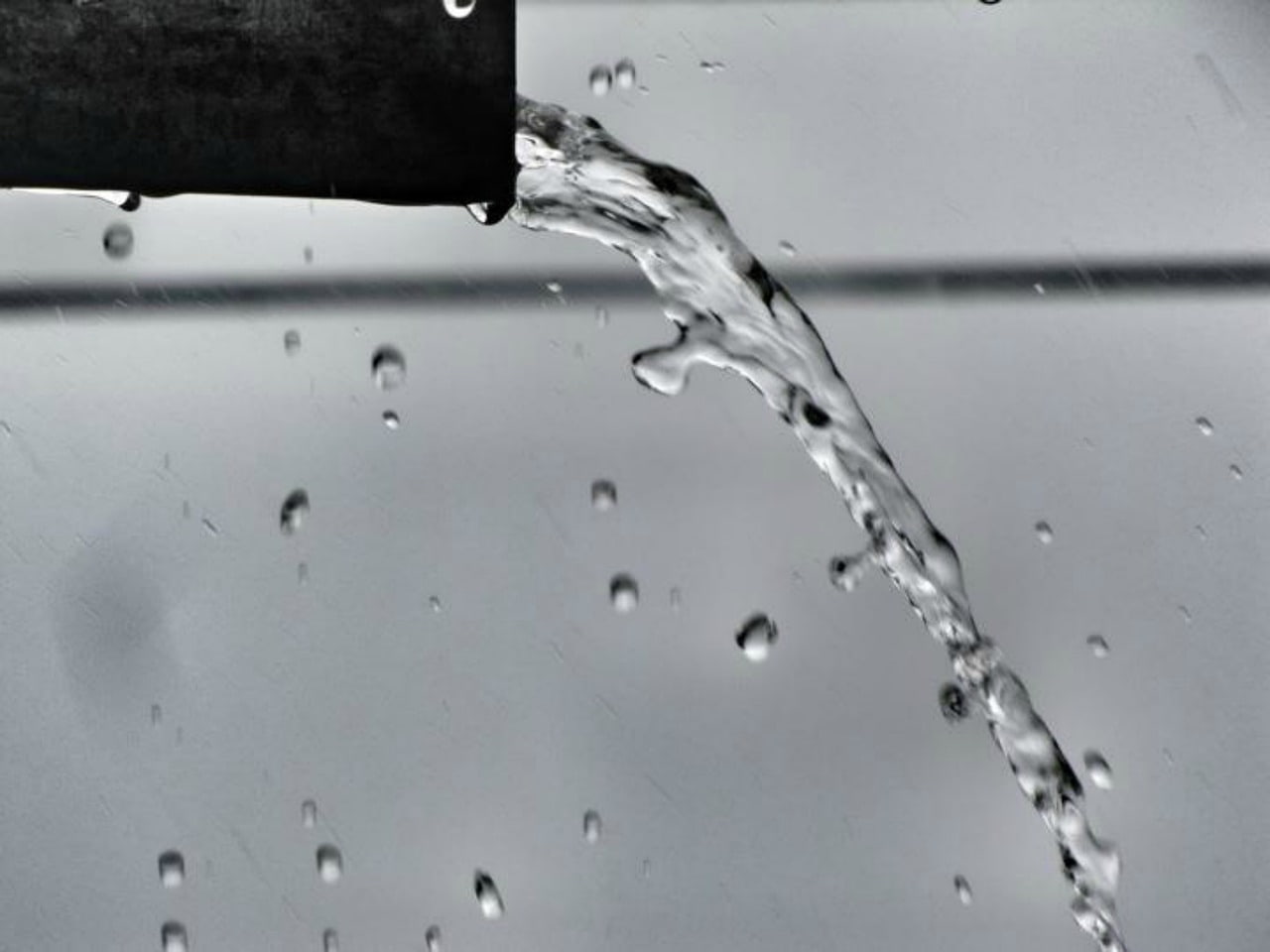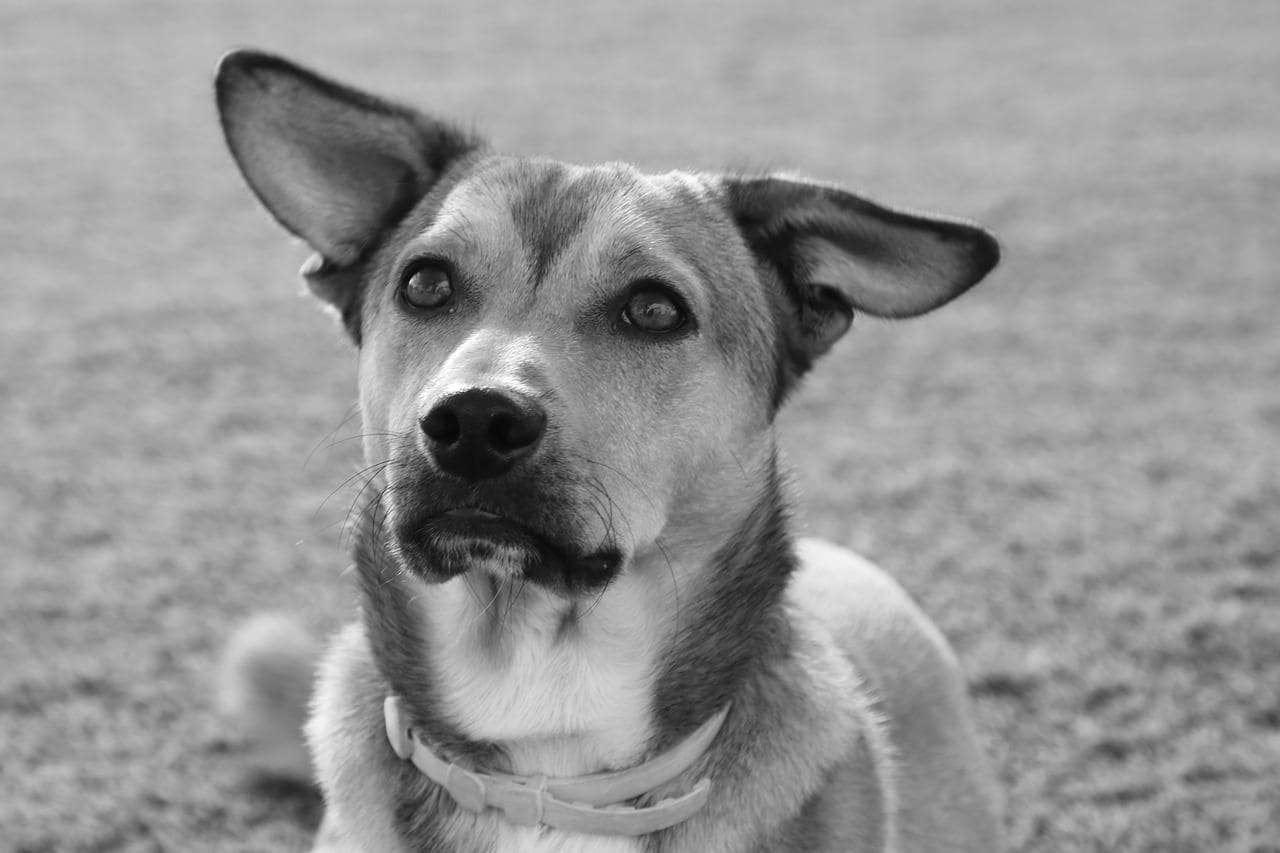Medium to large breeds as well as those that are in middle age to senior dogs is more likely to be affected by urethral incontinence.
Urinary incontinence is the uncontrollable passing of urine. Urethral Sphincter Mechanism Incompetence or simply, USMI is the medical term for urinary incontinence. This problem is very common among dogs. Normally, it can be traced to a medical condition. Dogs that are affected by it are unaware that they’re leaking. Although this can impact dogs of any age, it’s a lot more common in female middle to senior dogs.
What Is Urinary Incontinence in Dogs?

Dogs that have urinary incontinence have a problem with bladder control. Such condition causes them to leak as a result of either behavioral or medical behavior. One thing you must know about incontinence is, that it was never the dog’s intention to do the deed.
Most especially if you have an old dog. It is easy to make an assumption that they’re destined to experience such condition. What you don’t know is, it might be directing you to a medical condition that can be treated by your vet. This is due to the reason that the dog’s urethral muscles weaken as they age. It then becomes a challenge for them to hold their urine. The exact same reason why incontinence takes place from middle-aged to senior dogs.
Having said that, if you notice that your dog is leaking, regardless of the volume, take time to visit a veterinarian.
How To Recognize Urethral Incontinence in My Dog?
Dripping urine is the most obvious sign that your dog has this condition. Other signs are redness and irritation on the surrounding skin.
Furthermore, you might start noticing that your dog is more frequently licking its genitals. By the time you see these symptoms, don’t think twice to take them to your trusted vet. The professional will begin the examination of your canine. They’ll be asking you questions too based on your observations.
All information provided will be used in the diagnosis of your dog. After all, there are numerous possible triggers for incontinence aside from age and behavioral problems.
- Weak bladder
- Prostate disorders
- Hormonal imbalance
- Urinary stones
- Urinary tract infection
- Anatomic abnormalities
- Spinal injury or degeneration
- Inherited medical condition
- Diseases that cause excessive drinking of water such as, diabetes, kidney disease, and Cushing’s disease
What Should Be Done If My Dogs Shows Signs Of Urinary Incontinence?

If your dog showed signs of urinary incontinence, the most sensible thing to do is take them to your vet. Then, you can talk about your dog’s well-being with them. Just as mentioned, inform your vet of everything you know.
Tell them about your dog’s general condition like what was their behavior since noticing the incontinence, when it started, and even changes to their lifestyle or diet. From this information, they’ll be doing a physical exam and a review of the medical history of your dog. When done, a urinalysis will be requested, and a complete chemical blood profile.
These assessments will be crucial in determining the true cause of your dog’s bladder issues. In some cases, X-rays can be ordered too. Its purpose is to eliminate any pathology in the urinary tract.
Keep this in mind, regardless of age and size, urinary incontinence in dogs doesn’t pick its victim. Immediately go to the vet if they show signs of incontinence whether leaking a bit of urine, bed wetting, or having accidents in the house.
To some dog owners, it may not seem a big deal. But ruling out behavior and medical issues in urinary incontinence is something. There are dogs that urinate when they feel threatened or frightened, which is otherwise referred to as submissive urination. Then again, some pups involuntary urinate when they’re excited. Eventually, they’ll outgrow it. Unneutered dogs mark their territory through urination. This is why you need to seek help from the pros.
What Causes Canine Incontinence?

There are tons of reasons for urinary incontinence in dogs. This includes abnormality in some regions of the brain and spine that is supposed to control the bladder. It could also be brought by birth or at times, a disease that impacted the dog.
Basically, there are unique causes for urinary incontinence in dogs depending on gender and age. Let’s take a look below:
| Gender/Age | Cause |
| Adult Female | USMI – this is a notable cause of incontinence among female dogs. Most particularly the bigger breeds. USMI is simply when the valve that’s holding the urine in the bladder weakens. |
| Adult Male | Prostate Problems – this is unique to male dogs. The urethra is directly affected by any problems with the prostate since it passes through it.
Perineal Hernia – this is a rupture near the dog’s bottom. There are instances in which it could cause misalignment in the bladder, resulting in incontinence. This one is more common among male dogs. But female dogs could occasionally be affected as well. |
| Young Dogs | Ectopic Ureter – ectopic ureter is a born defect. This is when the tube that is used to pass urine to the bladder is connected to a different place. Puppies with this condition are known to suffer from incontinence. Fortunately, this can be diagnosed early in a dog’s life. |
| Any Age | Spinal Problems – any issues with the spinal nerves controlling the bladder is enough to trigger incontinence. Good examples are degenerative myelopathy and spinal disc disease.
Urine Infection – this creates temporary incontinence as a result of pain and swelling Urine Blockage – anything obstructing the urine passage could damage the bladder muscles. Ultimately, it results in urinary incontinence in dogs. |
Are Some Dog Breeds More Susceptible To Urethral Incontinence?
According to studies, purebred male dogs are 1.5x more likely to have incontinence. Sadly, there are certain breeds that are at great risk of urethral incontinence. These include:
- Dalmatian
- Doberman Pinscher
- English Springer Spaniel
- Irish Setter
- German Shepherd Dog
- Old English Sheepdog
- Weimaraner
- Rottweiler
Are Border Collie Susceptible To Canine Incontinence?

No dogs are safe from USMI. Even with the ever-energetic Border Collies, they’re susceptible to this condition too. But this frequently happens in the latter part of their life.
Their breed is in fact one of the many that are prone to incontinence. There are various factors at play for USMI aside from age like:
- Abnormal bladder position
- Estrogen decline or deficiency
- Genetics
- Obesity
- Changes to the vaginal support structure
What Are The Symptoms of Urinary Incontinence in Dogs?
Dog owners might detect that there are wet spots where their pet sleeps or stays. At times, the leak is so small that its noticed only around their genitals. The constant wetting might lead to sores and might appear in areas surrounding the hind legs or vulva.
There are some who don’t take action until their dog becomes irritated or feeling uncomfortable before bringing them to their vet. Luckily, there are tell-tale signs that can be used in monitoring urinary incontinence in dogs. A few of these are:
- Wet spots in the dog’s sleeping area or bedding
- Involuntary urination
- Wet hair between legs or lower abdomen
- Frequent urinary tract infections
- Skin inflammation around their genitals
- Frequent licking around the nether regions
Truth is, dogs that are experiencing USMI caused by physical disorder don’t even know they’re leaking. They might leak either in small or large amounts. This could happen whether they’re sitting, standing or even when sleeping. Because of this, they might end up having irritated or inflamed skin, wet hindquarters, and a strong smell of urine.
There are other health conditions when dogs can’t relieve themselves right on time like kidney disease, bladder stones or diabetes.
On the other hand, if the “incontinence” is associated by yelping or whimpering, lethargy, tight or bloated abdomen, or blood in urine, it should be considered an emergency.
How Is It Different From Bladder Infection In Dogs?
Bladder infection and USMI are different from each other. The former gives the dog a strong urge to relieve itself. But because they’re conscious that they want to urinate, it’s not really considered as “incontinence”. In USMI, affected dogs literally have no idea that they’re leaking.
How To Diagnose Urethral Incontinence in Dogs?
There are multiple ways that doctors used to diagnose urethral incontinence in dogs. Some of these approaches are urodynamics, neurological tests and cystoscopy.
Urodynamics – this is a test that’s designed for animals showing signs of urinary incontinence. It’s most frequently used among dogs. The diagnosis for the condition is based on medical history, clinical signs, urine, and blood tests. There are instances when the vet will request ultrasonography and bladder radiographs. The objective of these tests are to check for any stones or abnormalities that are affecting the urine outflow or storage.
Neurological Tests – there are instances when dog patients are suspected to have a neurological disorder. If this is the case, vets commonly ask the owner to perform several tests like:
- Tail and anal tone
- Spinal reflexes
- Perineal sensation
Cystoscopy – this can help the vet to check if there are any abnormalities within the urethra or bladder. Sometimes, specialized tests are performed like measuring bladder pressure.
How To Treat Canine Incontinence?
If your dog has been diagnosed with incontinence, don’t fret. There is hope. Dogs can be freed from this condition through medications and surgery.
The most offered treatment is daily medication. The medications used for incontinence are at least, 95% effective. Furthermore, it is known to resolve leakages among affected dog patients. The remaining 5% are dogs that don’t completely react to the medication. In such cases, medication is partnered with advanced surgical and non-surgical procedures.
There are specific treatments designed to resolve incontinence by targeting the underlying condition or disease. In the event that there’s no specific cause found, drugs are prescribed. These drugs are designed to increase the muscles in the urethra. Drug therapy is also a possible alternative. But this is not immediately offered. This approach is based on trial and error of previously given drugs and doses until finding a combination that works.
Whether you suspect that your dog has urinary incontinence or seeking treatment, talk to a specialist regarding this matter. Your best bet would be a veterinary internal medicine specialist. Find one and discuss them your dog’s condition.
What Is The Prognosis of Dog With Urethral Incontinence?

For owners who have dogs with urethral incontinence, they may have to exert extra effort to make their pet’s life bearable and comfortable. Good thing that there are tips that can make this happen.
- Monitoring – it is imperative to closely monitor your dog’s condition. Check for changes that could be tell-tale signs of the disease like increased urination and thirst.
- Proper Hygiene – after knowing that your dog has incontinence, you want to ensure that they’re hygienic. We already learned that USMI could cause skin irritation and inflammation near their private parts. Through proper hygiene, you can quickly find if there are developing signs of skin infections or urine scalding.
- Clean Area – make sure your living area is always clean to maintain the comfort and health of your dog. Ideally, there should be waterproof padding under their bed, layers of clean towels, sheets or blankets on their spot, and change them regularly. Lastly, you can put diapers on your dog to protect the furniture from their involuntary leaking.
- Exercise – as soon as your dog is awake, take them out for a quick walk. This gives your dog a chance to relieve itself.
- Access to Water – while your dog might be suffering from incontinence, it is not an excuse to limit their access to water. It’s still a major requirement to keep themselves hydrated and healthy.
Is There Any Difference Between Male and Female Canine Incontinence?
Urinary incontinence in dogs are very common. Unlike to their owners, it is seen more of a nuisance than distress in their pets. It’s a condition that is more frequent among female dogs because of their shorter urethra than their male counterpart.
Border Collie and Urinary Incontinence
Your Border Collie is not aware that they’re urinating when they have incontinence. This condition can happen in different places or situations like when your pet is resting, sitting on the couch and so forth.
On the other hand, there are some conditions that masked itself like incontinence. This mostly happens when your Collie is excited, lacks proper in-house training or undergoes cognitive changes. In these instances, your dog is totally aware of the urination, but they tend to lose control.
Conclusion
USMI or Urinary incontinence in dogs is not a breed-specific condition. There are multiple factors causing it from the dog’s genetics, age, lifestyle and diet. However, there are just some breeds that are more susceptible to USMI like Border Collie, Dalmatian and Rottweiler among others.
If it happens that you own one, it’s not enough reason to feel sad for your pets. Today, there are now medications that can be given to resolve urinary incontinence in dogs. What’s more, these daily medications are 95% effective in relieving incontinence. Even if your dog is unresponsive to the drugs, surgical procedures can be combined to finally alleviate their condition.
There’s just one very important thing to remember. Even if you have the slightest hint that your Border Collie or other dogs have incontinence, take them to a vet. This is the only way they can be diagnosed properly and know the right approach to take.


